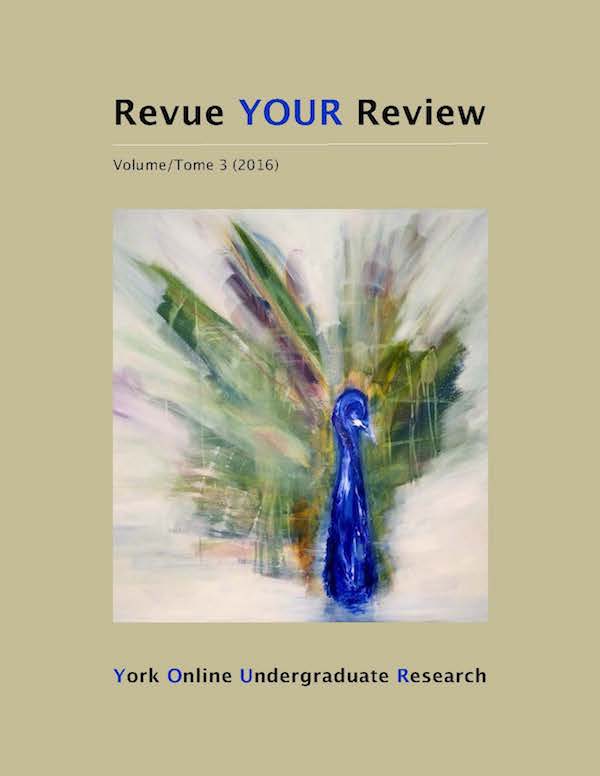St. Lazare, Autun: A Conundrum in Stone
Abstract
The Cathedral of St. Lazare (Autun, France), with work by the celebrated sculptor Gislebertus, is one of the most scrutinized and misunderstood Romanesque cathedrals in Europe. Since the last century, art historians have almost unilaterally come to similar conclusions about the church, and their theories have garnered little, if any, debate. Gislebertus is considered to be the artist responsible for the superlative figurative sculpture on the exterior and interior of the Romanesque church. This essay challenges these conclusions, and suggests an unconventional interpretation of the cryptic statement carved on the tympanum, “Gislebertus hoc fecit” or “Gislebertus made this,” and questions the veracity of the iconic signature. The sculpture in the cathedral is renowned for its artistry and for the moral and enigmatic messages imparted. Rational alternatives are given for deciphering the implications of three of the most studied column capitals. New findings with scientific measurements can now link the artist’s knowledge to a precise and intelligent understanding of advanced astronomy.
Past scholars have been unable to formulate a precise rationale for the building of a new church constructed only a stone’s throw away from a viable cathedral. The building’s atypical orientation and axis further complicate its purpose and demand further explanation. New information and research suggest alternative explanations for its unusual positioning and the identity of its famed sculptor. By examining the design, the patrons, and the politics of the twelfth-century church, the author challenges accepted hypotheses and applies unorthodox processes to help solve the mysteries of the 900-year-old cathedral.
Downloads
How to Cite
Issue
Section
License
Authors contributing to Revue YOUR Review agree to release their articles under one of three Creative Commons licenses: Creative Commons Attribution 4.0 International; Creative Commons Attribution-NonCommercial 4.0 International; or Creative Commons Attribution-NoDerivatives 4.0 International. All editorial content, posters, and abstracts on this site are licensed under Creative Commons Attribution-NoDerivatives 4.0 International. For further information about each license, see:
https://creativecommons.org/licenses/
In all cases, authors retain copyright of their work and grant the e-journal right of first publication. Authors are able to enter into other contractual arrangements for the non-exclusive distribution of the e-journal's published version of the article (e.g., post it to an institutional repository or publish it in a book or in another journal), with an acknowledgement of its initial publication in this e-journal.


